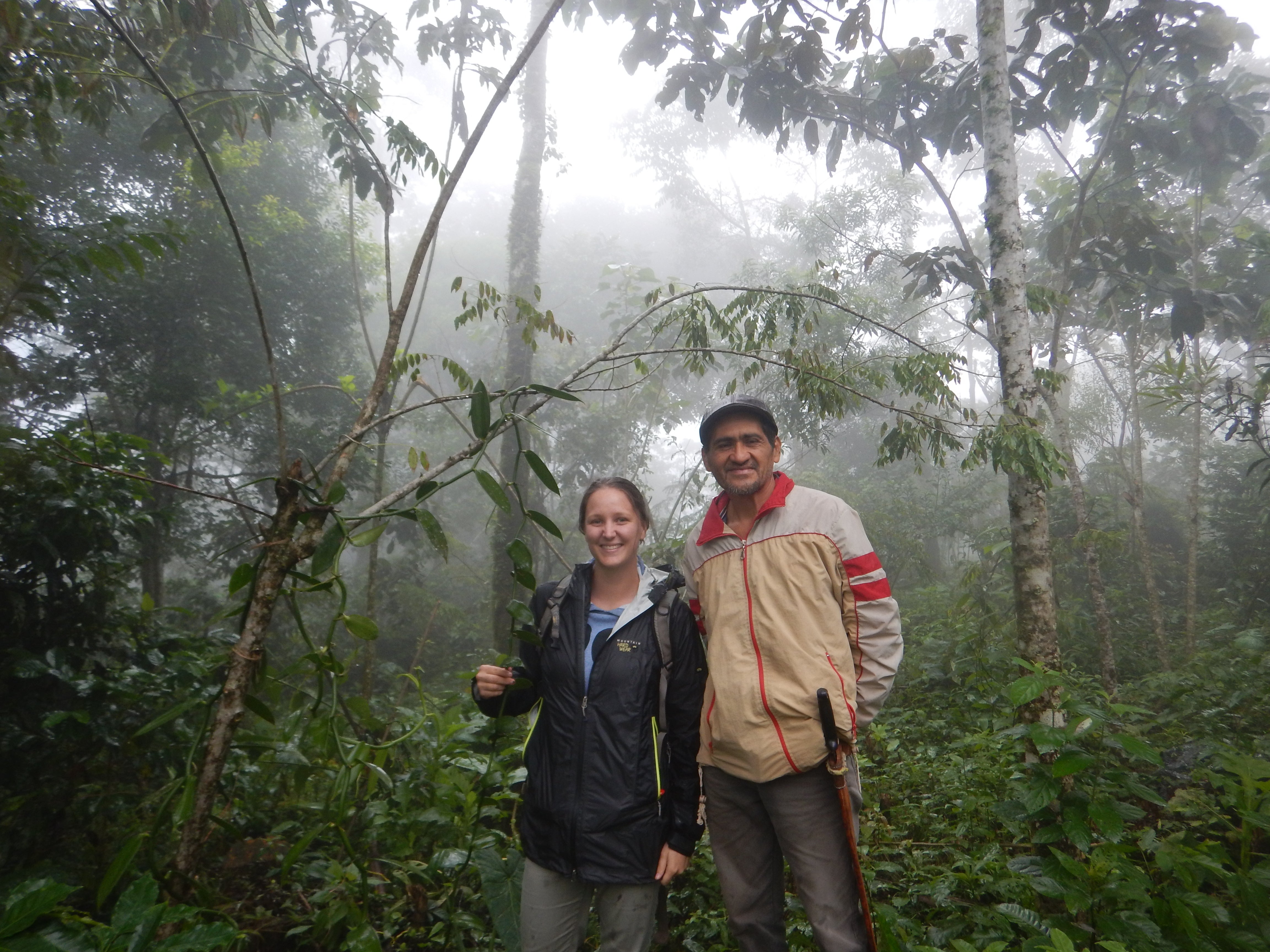
The Vulnerability of Vanilla
Vanilla is the world’s second most treasured spice, after saffron. In 2018, it was valued at $515 per kilogram, nearly the same price as silver. Yet where is this species of orchid (Vanilla planifolia) distributed across the world? Multiple hypotheses of vanilla in the Americas, stemming from a long and varied history of conquest, collection, and cultivation makes the true homeland and the current distribution of vanilla a fuzzy question mark.
“It was transported all over the world to be cultivated, but it was propagated clonally,” said Paige Ellestad, a doctoral student in the Ecology, Evolution and Behavior program. “So that means that almost all of the vanilla that’s grown in the world is just a clone from one source in Mexico.”
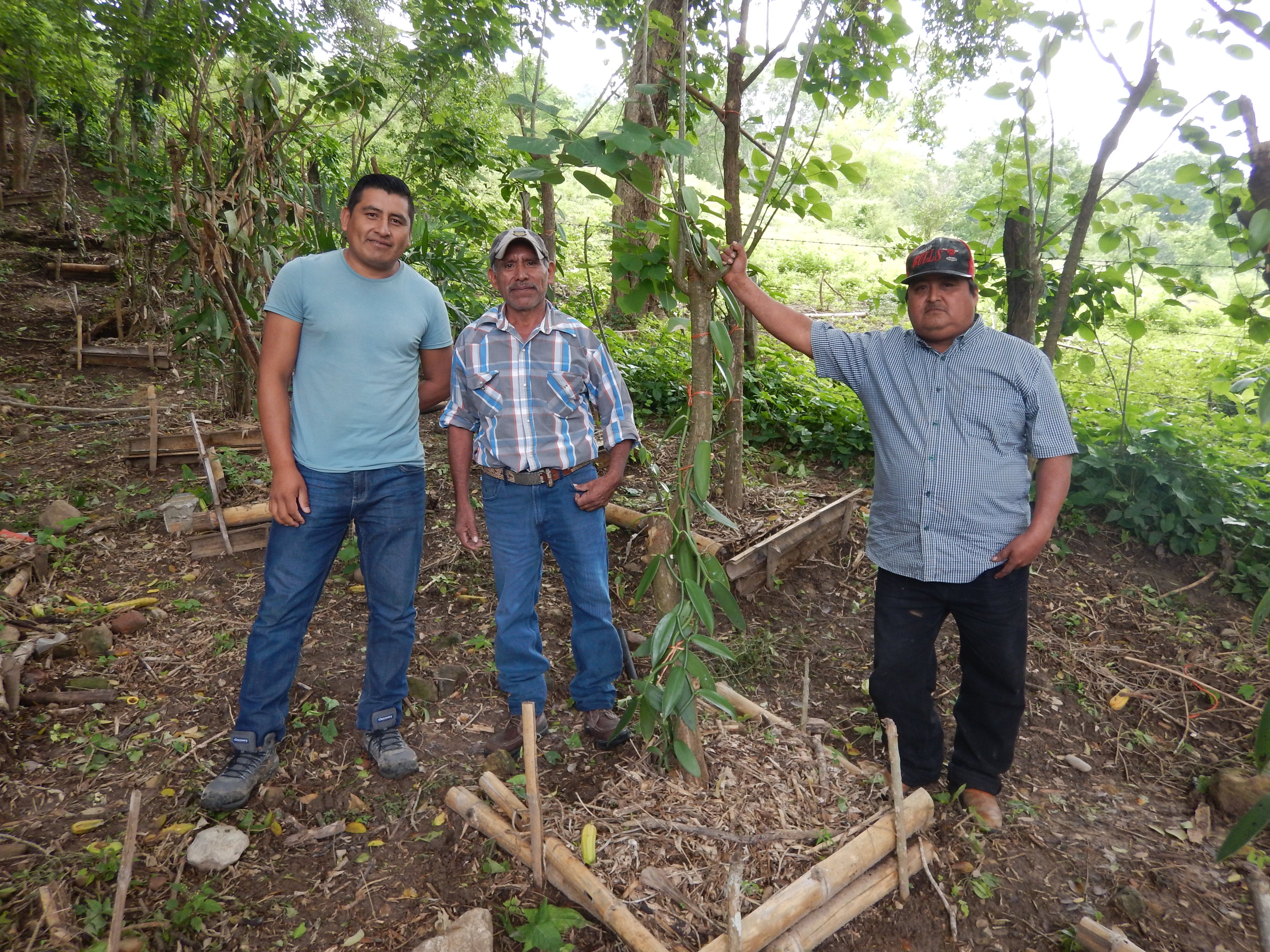
For example, almost 80% of today’s commercial vanilla is produced in Madagascar. But despite being outside of its native region, there is very little genetic variation in these foreign crops, and that could be a big problem, said Ellestad.
“Cultivated species and plants need genetic diversity so that they can adapt to different environmental conditions.”
Vanilla production is already struggling across the world due to climate change, the spread of a fungal epidemic of Fusarium root rot in certain regions, habitat loss, and illegal harvesting.
“Since vanilla is so expensive, when the fruits become ripe there’s thievery and murder for it,” said Ellestad. “It’s very dangerous. Farmers have to have somebody out in the field watching for weeks before they pick it.”
One only has to look to the horrors of the Irish Potato Famine of the mid-1800s to appreciate what vanilla’s genetic vulnerabilities could mean to a world obsessed with its flavor, and the livelihoods that rely on its production.
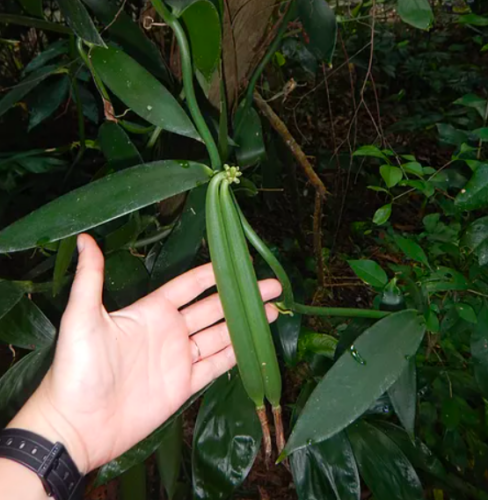
To complicate matters, vanilla is a finicky plant to grow. Only vanilla grown in its native range and exposed to its its native pollinators can reproduce naturally. This means that commercial vanilla growers outside of Mexico, South and Central America (like those in Madagascar) rely on hand-pollination of the vanilla flower. And get this: each flower only stays open for about 24 hours. As Ellestad describes, growers often rely upon women and children to pollinate the lucrative crop because of their smaller hands.
Suddenly, the soaring costs of vanilla beans and extract make perfect sense.
‘Finding Your Ecological Niche’
Without knowing a plant’s current distribution across the world, how can researchers, governments and land managers possibly protect such a delicate and economically important crop from a changing climate, and increasingly competitive and violent demand?
Fortunately, Ellestad and her colleagues are working to fill this critical knowledge gap.
“Within all of my research, I’m trying to look at the levels of genetic diversity within the species, so that the gene pool can be conserved and used to improve the crop so that we can have vanilla in the future,” Ellestad said.
With support from mentor and assistant professor of biology Sven Buerki, fellow Boise State researchers and a colleague at the Royal Botanic Gardens in London, Ellestad set out to get a clearer idea where vanilla plants naturally occur across Mexico, Central and South America.
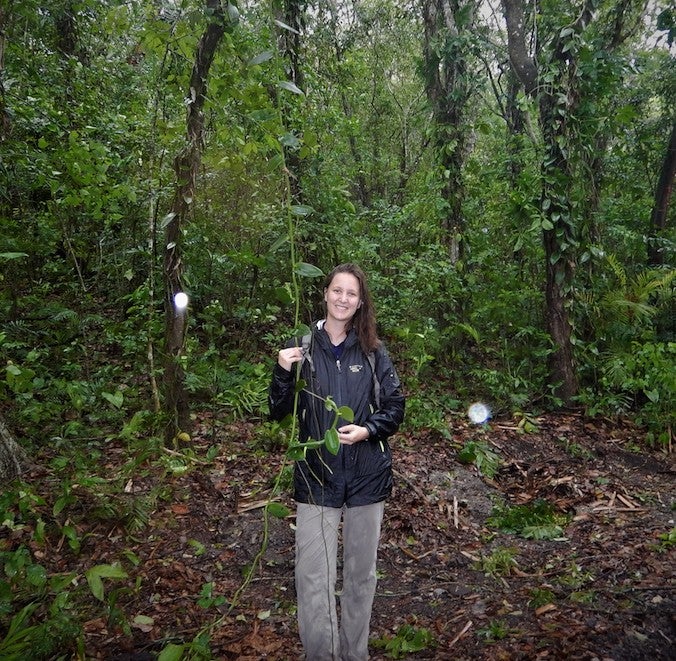
She harnessed and incorporated vast amounts of data from open source biodiversity databases (such as the Global Biodiversity Information facility) to ascertain vanilla’s ecological niche.
Niches are a plant’s ‘happy place,’ where it has access to the growing conditions, dispersers, pollinators and other elements needed to thrive. Finding vanilla’s ecological niche required considering a myriad of elements such the co-occurence of species that will sustain gene flow and encourage genetic diversity, areas of human disturbance, habitat quality, and much more.
Ellestad’s research established a new approach for ascertaining vanilla’s geographical distribution, and was published in February 2021 in the Botanical Journal of the Linnean Society. The Buerki Lab received a grant from the British cosmetics company, Lush to fund this research. The company is working to support research that will improve the sustainable agriculture of the plants they use in their products.
In researching the ecological niche of vanilla, Ellestad has found her own in Boise State’s Ecology, Evolution and Behavior program.
“I found this Ph.D. listing combining orchid ecology, biology and aspects of sustainable agriculture. It was just perfect,” Ellestad said.
Ellestad’s passion for vanilla stemmed from an early childhood fascination with tropical ecology, especially orchids. When she saw the possibilities of the doctoral program, she jumped at the chance to research the complex biological and social sciences of vanilla, and ultimately protect the species.
In 2019, Ellestad ventured to Mexico to meet with vanilla farmers and said that the experience impacted her research and understanding of the plant.
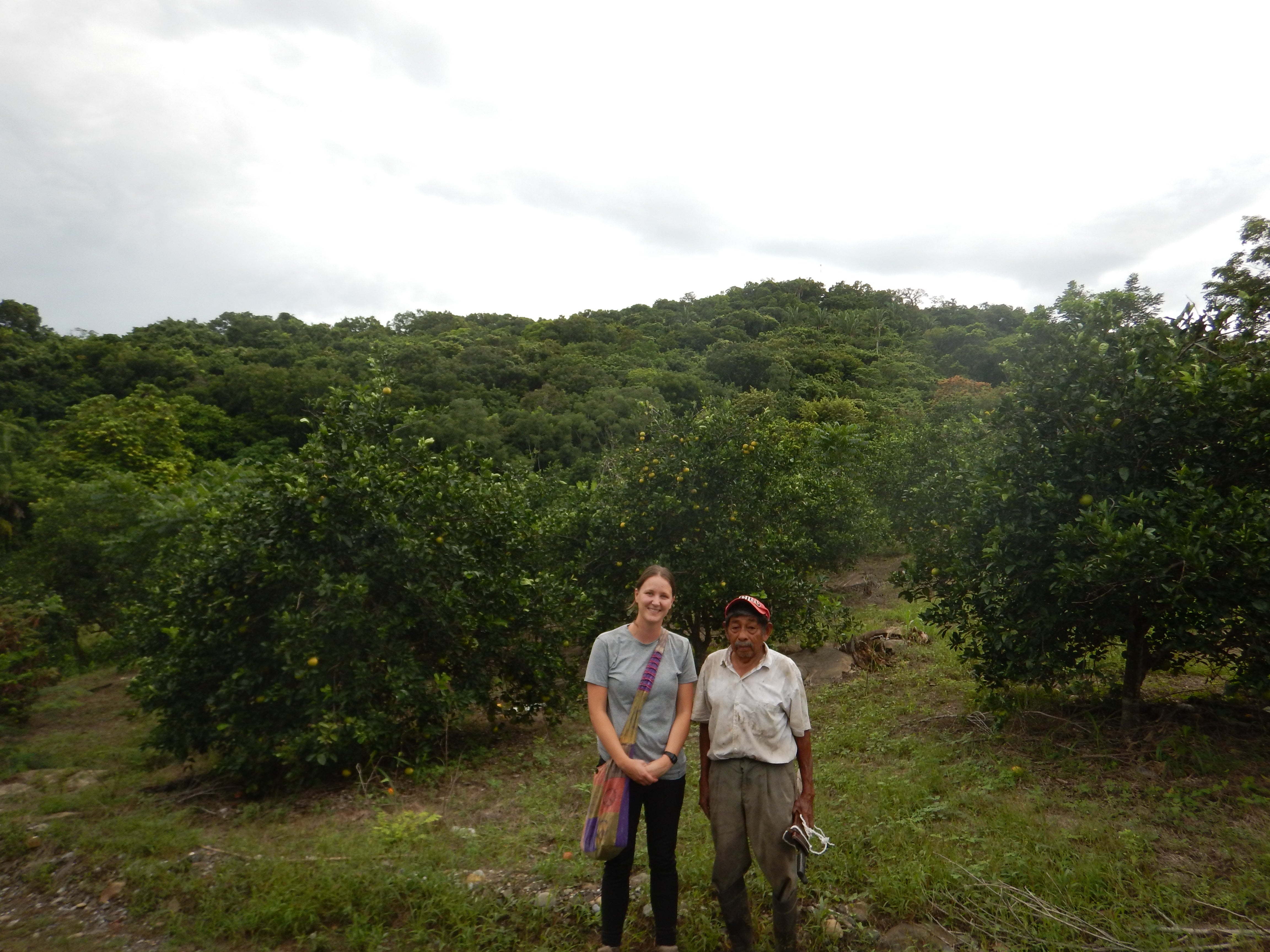
“They have taught me much more about the ecology of the plant than I could have learned through remote research alone. For example, many farmers shared with me their observations of natural pollination and dispersal events, which is information that is very hard to find in the scientific literature for this species. Meeting with the farmers also gave me some insights into connections between cultural diversity and genetic diversity of vanilla cultivars,” Ellestad said.
To learn more about Ellestad’s recently published research, visit: Harnessing large-scale biodiversity data to infer the current distribution of Vanilla planifolia.
-By Brianne Phillips